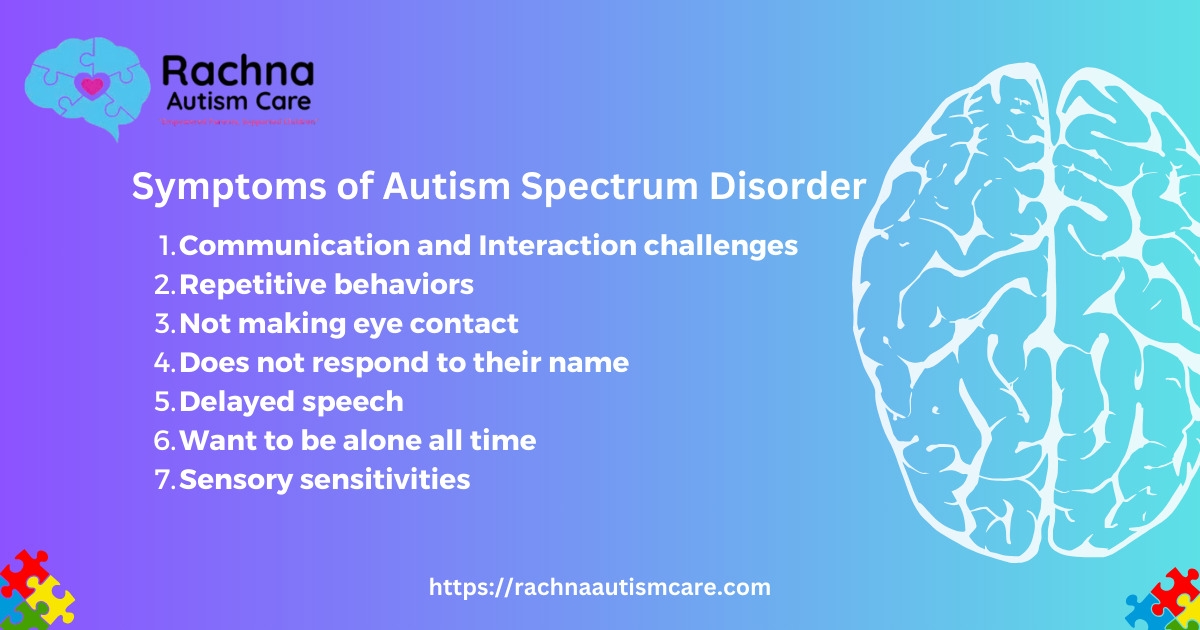Supporting Autistic Children with Chewing Behaviors

Supporting Autistic Children with Chewing Behaviors: A Parent's Guide
Parenting a child with Autism Spectrum Disorder (ASD) means understanding the unique behaviors and needs, one of which is chewing. Chewing in autistic children is often associated with their sensory needs and can take on many functions, like self-soothing, exploration, or coping mechanisms for anxiety. We will help parents understand this behavior and offer practical strategies to support children diagnosed with Autism Spectrum Disorder (ASD).
Understanding Chewing Behaviors in Autistic Children
Chewing behaviors in autistic children can arise from differences in sensory processing. Sensory needs may take the form of seeking certain types of input, like oral stimulation, to self-regulate or reduce the feeling of being overwhelmed. For example, an autistic child may chew on clothes, toys, or other non-food items when overwhelmed, anxious, or bored.
Besides sensory needs, chewing behaviors may be related to:
Anxiety and Stress: Chewing can have a calming effect, similar to how some people bite their nails.
Communication Difficulties: Children with limited verbal communication may chew to express discomfort or seek attention.
Medical Factors: Issues like teething, dental discomfort, or gastrointestinal problems might also contribute to chewing habits.
The Importance of Addressing Chewing Behaviors
While chewing is not harmful in itself, it can sometimes be dangerous, such as when the child chokes on unsuitable items, damages his or her teeth, or ingests non-food materials. Effective management of these behaviors will help parents create a safer and more supportive environment for their children.
Practical Strategies for Managing Chewing Behaviors
Identify Triggers and Patterns Observe when and why your child tends to chew. Is it during stressful moments, transitions, or specific times of the day? Identifying patterns can help you anticipate and address the behavior.
-
Offer Safe Alternatives Provide your child with sensory-appropriate items to chew on, such as chewable necklaces, bracelets, or teething toys. These are made from safe materials that cater to a child's sensory needs.
-
Create a Sensory-Friendly Environment Avoid overwhelming sensory inputs of loud noises, bright lights, or chaotic environments that would promote chewing behaviors. A serene and structured environment is most helpful in reducing anxiety.
-
Replace the Behavior Help your child learn alternative ways of coping with stress or other challenging situations, such as deep breathing, squeezing a stress ball, or engaging in another activity that calms your child. Reinforce positive habits when your child practices replacement behaviors.
-
Encourage frequent oral stimulation Safe oral stimulation activities should become part of the daily habit of your child. Foods come in different textures and can present the type of sensory stimulation they desire: crunchy vegetable or chewy snack
-
Watch for Medical Conditions A medical cause for chewing behavior may be dental pain or discomfort during digestion. Frequent doctor or dentist check-ups would help detect these conditions early.
Communicating with Professionals
Professionals such as occupational therapists and behavior analysts can provide tailored interventions for chewing behaviors in autistic children. Occupational therapists, in particular, are skilled in sensory integration techniques that address sensory-seeking behaviors like chewing. Collaborating with these experts ensures your child receives personalized support.
Building a Support System
This situation can be overwhelming at times. A support system could begin with family, friends, and professionals who can be a source of encouragement as well as practical help. Connect with other parents of children with autism through support groups or online forums to discuss tips and resources.
It is a matter of having patience and understanding.
Patience, empathy, and consistency are the hallmarks of managing chewing behavior in an autistic child because these behaviors are often one way of self-expression or self-regulation. These children can be helped and guided toward healthier coping when approached with understanding.
Conclusion
Chewing behavior in children diagnosed with ASD is very common and a manageable symptom of the spectrum disorder. When parents realize the underlying reasons and replace them with alternative, secure options, the children could be handled within their sensitivity challenges. Therefore, the use of available resources, consulting professionals, and strong networking will build a setting of security and comprehension for any child suffering from ASD.
By addressing chewing behaviors in a thoughtful manner, parents can empower their children with the ability to thrive safely and healthily.
- Questions and Answers
- Opinion
- Motivational and Inspiring Story
- Technology
- True & Inspiring Quotes
- Live and Let live
- Focus
- Art
- Causes
- Crafts
- Dance
- Drinks
- Film/Movie
- Fitness
- Food
- Jeux
- Gardening
- Health
- Domicile
- Literature
- Music
- Networking
- Autre
- Party
- Religion
- Shopping
- Sports
- Theater
- Wellness
- News
- Culture

